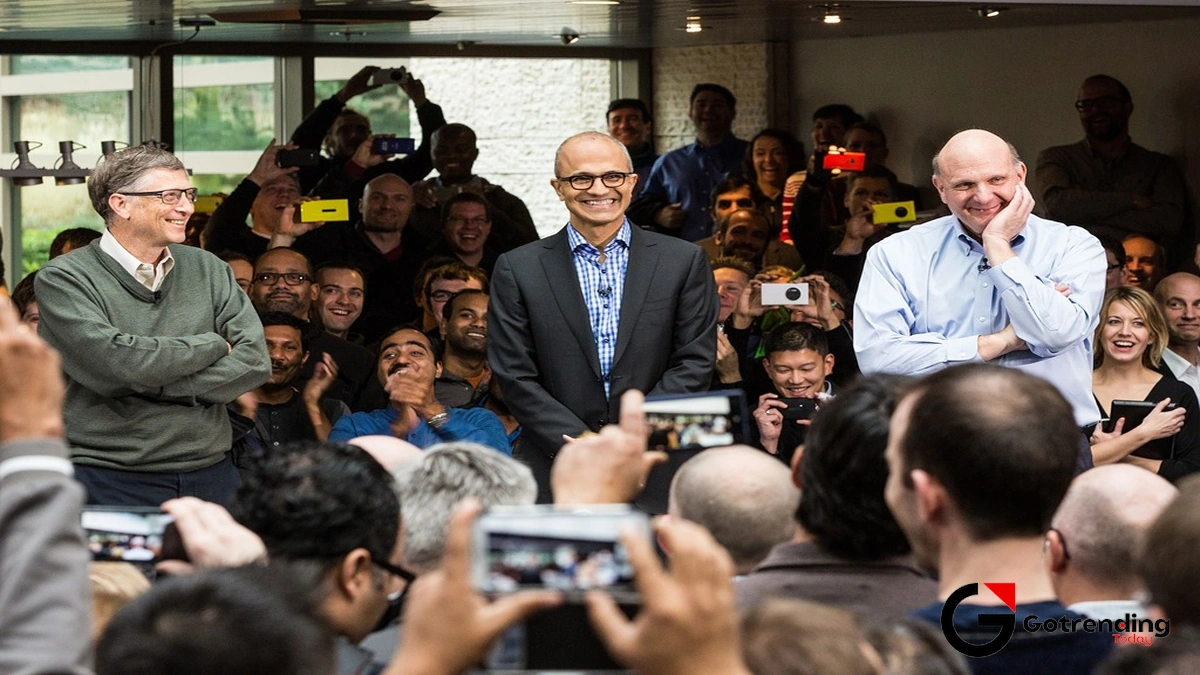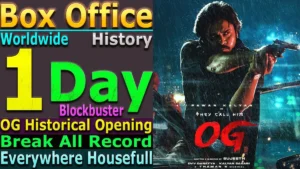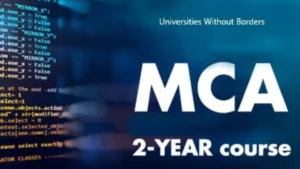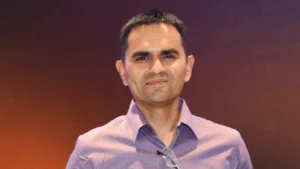The Quiet Revolution | How Satya Nadella Made Microsoft… Cool Again?
I remember the old Microsoft. I really do. It feels like a lifetime ago, sitting here in this coffee shop, but the memory is vivid. It was the era of Windows Vista fiascos, the Zune music player (a punchline before it even launched), and a general sense of… corporate beige. Microsoft was a Goliath, sure. A hugely profitable, deeply entrenched Goliath. But it wasn’t exciting. It wasn’t the future. The future was a sleek device in your pocket made by Apple, or a search engine from Google that was literally mapping the world. Microsoft felt like the past.
And then, something shifted. It wasn’t a sudden earthquake. It was more like the tide turning, a slow, quiet, but immensely powerful change. That change has a name: Satya Nadella .
It’s almost bizarre to think that the company once famous for its “Windows-first, Windows-only” dogma now boasts that it “loves Linux.” The company that waged war on open source now owns GitHub, the very heart of the open-source community. This isn’t just a business pivot; it’s a complete philosophical reinvention. And it all seems to trace back to one man.
The Man from Hyderabad Who Hit Refresh
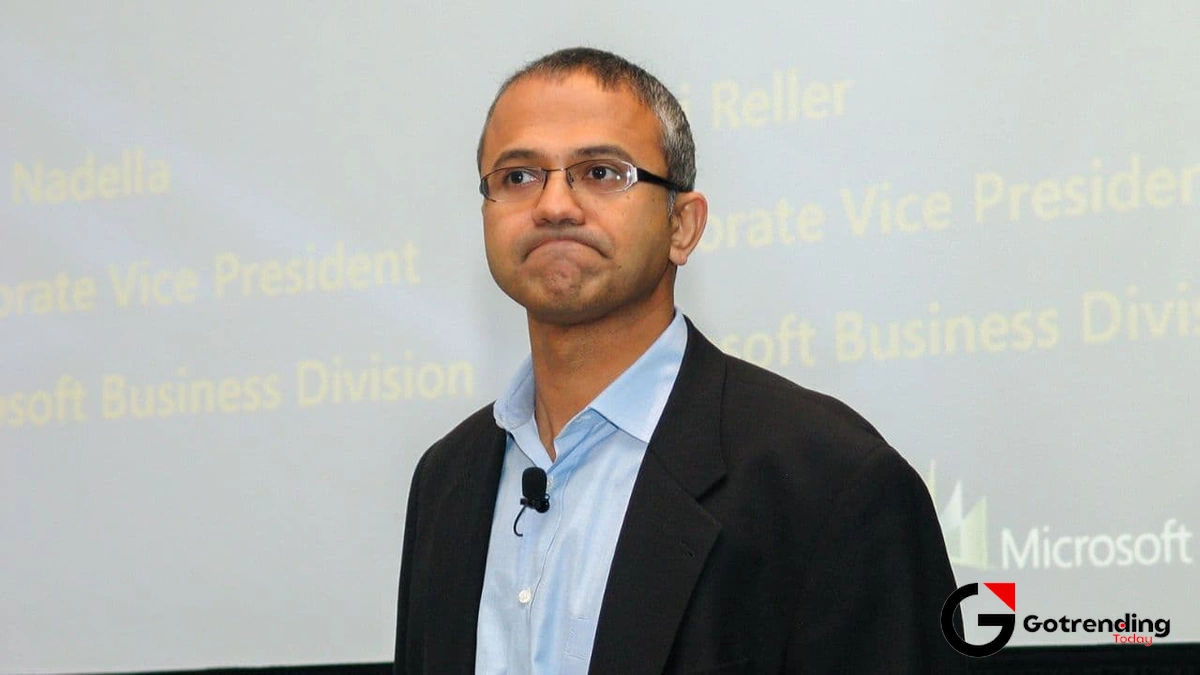
When you look at the story of Satya Nadella , it’s easy to fall into the classic narrative. The brilliant engineer from Hyderabad, educated at the Manipal Institute of Technology, who made his way to the US and climbed the corporate ladder. It’s an inspiring story, one that resonates deeply here in India. It’s the dream, right? But to leave it there is to miss the entire point.
His journey is less about the climb and more about the mindset he brought with him. He named his book “Hit Refresh,” and I can’t think of a more perfect metaphor for his entire tenure. He didn’t just want to update Microsoft; he wanted to reboot its entire operating system. Its culture. He saw a company of “know-it-alls” and knew, with a certainty that must have been terrifying at that scale, that it needed to become a company of “learn-it-alls.”
This “learn-it-all” approach, or what Stanford psychologist Carol Dweck famously called a growth mindset , isn’t just corporate jargon for Nadella. It’s the fundamental principle. It’s what allowed him to look at the world not as “How can we force everyone onto Windows?” but as “How can we create value for people, wherever they are?” That one question changed everything.
Beyond the Windows | Azure, AI, and a New Religion
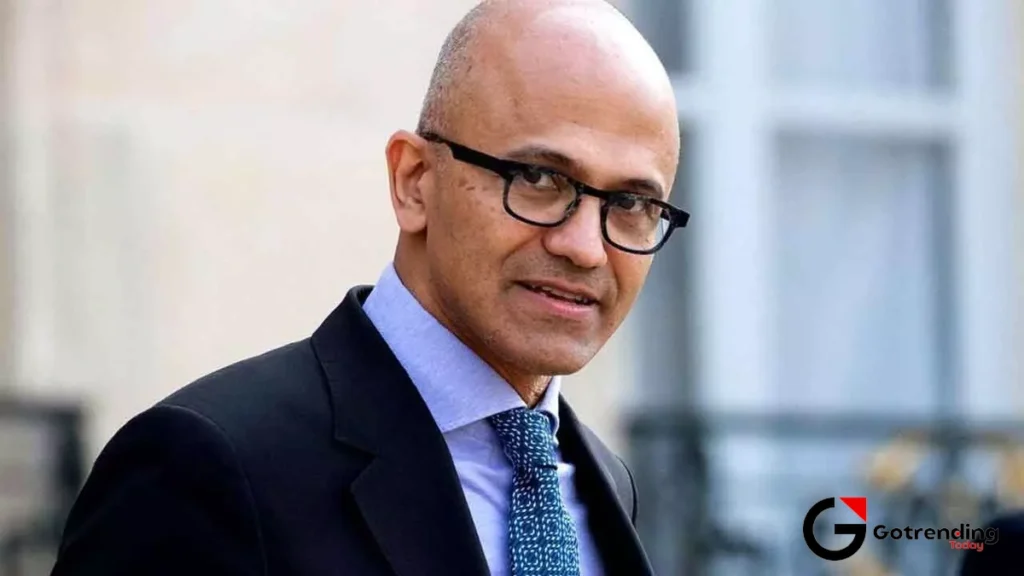
Think about it this way. For decades, Microsoft’s identity was fused with its flagship product. You couldn’t separate the two. Nadella’s genius was in decoupling them. He understood that the future wasn’t about controlling the desktop; it was about powering the planet’s computing through the cloud. Azure became the new sun in Microsoft’s solar system.
And from there, everything else made sense. Buying Mojang (the creators of Minecraft)? It wasn’t just a game; it was a universe, a platform. Investing billions in OpenAI? It wasn’t a side bet; it was a conviction that AI would be the next layer of everything we do. Suddenly, Microsoft wasn’t just reacting to the future; it was building it. It’s a remarkable turnaround, akin to a dramatic shift in something like the Dixon share price , where fundamentals are re-evaluated and a new growth story emerges.
This Satya Nadella leadership style marked by curiosity and a willingness to partner with rivals is what makes him so different. He’s playing chess while others were still playing checkers. He’s not interested in winning every single battle; he’s focused on creating a new, interconnected board where Microsoft is an indispensable player in almost every game. The transformation of a company’s prospects, much like the buzz around a major financial event like the NSDL IPO GMP , creates a new sense of possibility and excitement. That’s what Nadella brought back.
The Empathy Engine at the Heart of the Machine

But here’s the thing that I keep coming back to. The part that elevates his story from a brilliant business case study to something profoundly human.
It’s his emphasis on empathy.
For many leaders, “empathy” is a buzzword you drop in a town hall meeting. For Nadella, it feels like his core programming. Much of this was shaped by his personal life, particularly the experience of raising his son, Zain, who was born with cerebral palsy and sadly passed away in 2022. Nadella has been open about how this journey reshaped him, forcing him to see the world from a different perspective. He saw firsthand the power and the necessity of technology to help people connect and participate in the world in ways they otherwise couldn’t.
That experience isn’t just a sad footnote in his biography. It is the why behind the what. It’s why Microsoft is a leader in accessibility tech. It’s why the “learn-it-all” culture is so crucial because it requires you to listen, to understand other viewpoints, to have empathy for your customers and your colleagues. This isn’t just about the Microsoft CEO ; it’s about the man, and how his personal journey forged a more compassionate, more innovative, and ultimately more resilient company.
It’s the quiet power of a leader who measures success not just in stock price (though the Satya Nadella salary and shareholder returns have been astronomical), but in human impact. And in a tech world often defined by brash egos and disruptive-at-all-costs mentalities, that quiet, empathetic strength feels like the most revolutionary thing of all.
A Few Things You Might Be Wondering About Satya Nadella
What is Satya Nadella’s leadership style really about?
In a word: empathy. But it’s more than that. It’s a combination of a “growth mindset” (the belief that abilities can be developed) and a deep sense of curiosity. He famously transformed Microsoft’s internal culture from a competitive “know-it-all” environment to a collaborative “learn-it-all” one. He prioritizes listening and understanding customer needs over pushing a specific product agenda.
How much does Satya Nadella actually make?
This is a common question! His compensation is complex and not just a simple salary. The vast majority of the Satya Nadella salary package comes from stock awards that are tied to Microsoft’s performance. In 2023, for example, his total compensation was reported to be around $48.5 million, but most of that was in stocks, linking his success directly to the company’s success.
Why is his connection to India so significant?
It’s significant on a few levels. First, it’s a massive source of pride and inspiration the “local boy who made it to the top of the world.” Second, his Satya Nadella education at Manipal Institute of Technology before moving to the US represents a journey familiar to many Indian families. It shows a path and reinforces the value of Indian technical education on the global stage.
Is it true he almost left Microsoft?
Yes, and it’s a fascinating part of his story. At one point, years before becoming CEO, he considered moving back to India. He even had a conversation with his predecessor, Steve Ballmer, about his future. Ballmer convinced him to stay, telling him to believe in his own potential within the company. It’s a great lesson in how careers are rarely a straight line to the top.
